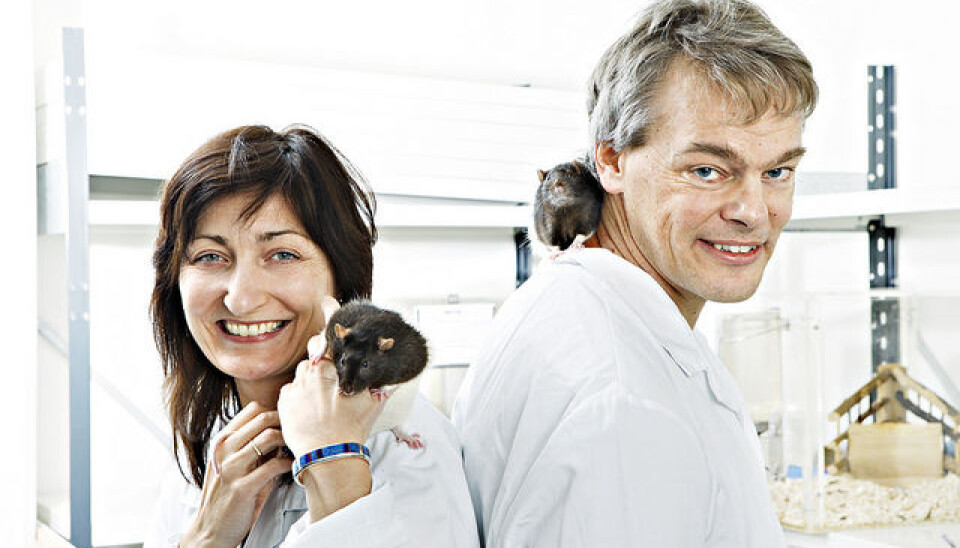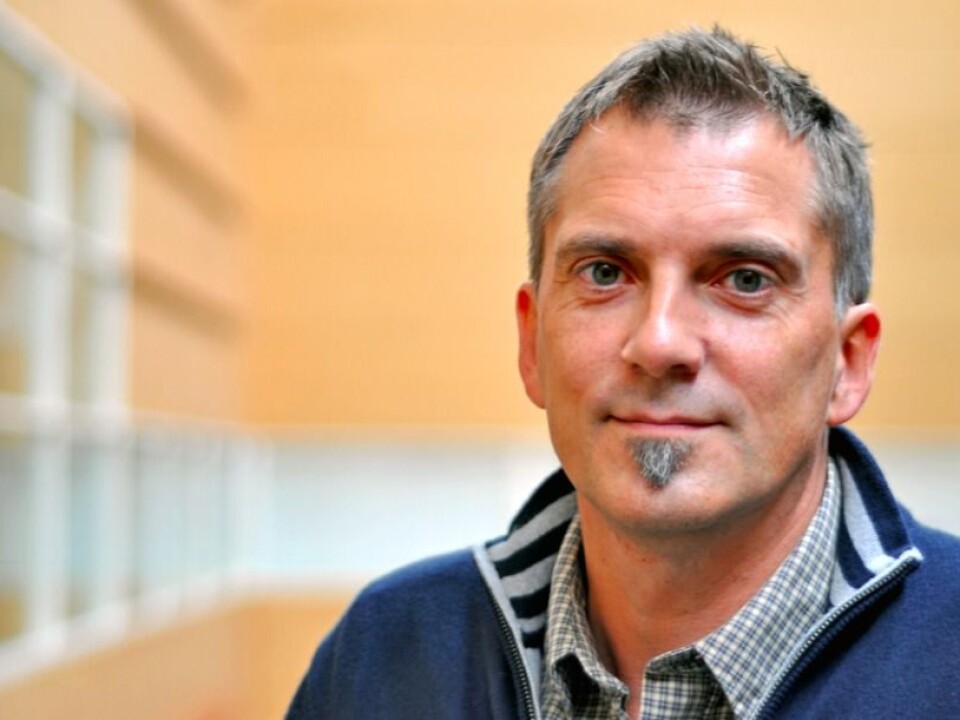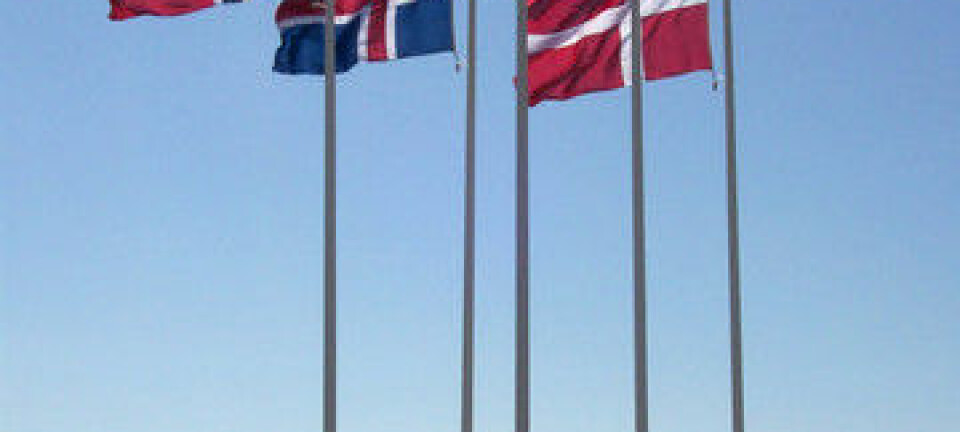
Raising Norwegian university rankings
Norway’s leading universities trail behind those of its Nordic neighbours in international rankings. But bigger budgets alone will not lift them up the charts.
Denne artikkelen er over ti år gammel og kan inneholde utdatert informasjon.
The ranking of universities has become a global concern.
What is it, really, that elevates a university on the charts?
Norwegians are asking this question in hope of moving a few notches north in the lists.
Norway’s Ministry of Education and Research has asked researchers at the Nordic Institute for Studies in Innovation, Research and Education (NIFU) to pick apart and evaluate the most renowned rankings piece by piece. The government’s goal was to find out what Norway might be doing wrong and what can be done to rectify the situation.

Norway is currently far down the lists. This is particularly the case on one of the better known rankings — Times Higher Education (THE). Norway has only one institution, the University of Oslo (UiO), on its top 200 list and it is ranked 185th. Sweden, with twice Norway’s population, has five universities among the top 200. Denmark, which like Norway has under six million inhabitants, can boast of three.
Norwegian universities fare a little better in the so-called Shanghai ranking. China’s Academic Ranking of World Universities places UiO at 69th place, while the University of Bergen and the Norwegian University of Science and Technology (in Trondheim) are both down in the group from 201st to 300th place.
Methodical weaknesses
Bjørn Stensaker is one of the researchers behind the NIFU assessment requested by the government. He explains that the ranking lists are compiled in a variety of ways.
“But one thing they have in common is a significant methodical weakness, given that it is possible to reconstruct how they make their calculations.”
The numbers they are based on are largely well concealed, so it is no easy task for researchers to control their verity.
Nobel Prizes are a key
The Shanghai index is a fairly elitist ranking. Carrying most weight are the prizes the universities’ researchers have been awarded and tallies of specific publications by a very low number of researchers at these institutions.
“The problem is that it’s the quantity of publications that count. But these are not divided by the number of researchers at the university. The larger a university is, the better it does in the ranking.”
“But the real key to achieving a high position on this list is to be a university with lots of Nobel laureates,” says Stensaker.
Questionable analysis
The Times Higher Education list claims to use a broader set of indicators than Shanghai’s academic ranking.
What counts most here is how many of the university’s publications are cited in academic publications. Added to that, THE uses a rather questionable analysis of universities’ reputations.
THE claims to send e-mails to a few thousand academics round the world, asking them to name a high quality university.
“I have a lot of sympathy for their choosing to ask professionals in academic circles about quality. But it’s relevant to wonder about the basis they have for answering this question. It is also hard to find out the response rate and number of returns among those who were asked to participate in the survey,” says Stensaker.
“We have suspicions that a very few votes are being given a disproportionate amount of weight. This can contribute to strong rises or falls in rankings.”
Commercial interests
THE is affiliated with the British newspaper The Times. So there is a certain commercial interest involved in this ranking, which calls itself “the global authority on higher education”.
Stensaker says it also has a consultancy service which does business with universities that seek to improve their positions in the ranking.
The Shanghai Academic Ranking started on the initiative of Chinese authorities. They wanted a tool for ascertaining the standing of Chinese universities in comparison with the top universities abroad.
Unable to reach the summit
Norwegian universities are not overloaded with researchers who have the clout and expertise to get published in top journals like Nature and Science. Few Norwegian scientists and researchers are among the world’s most quoted or cited. Norwegian researchers are not as prolific in publicising as their international peers and outnumbered on all fronts.
“These rankings are all about competition. Norwegian universities were established with something else in mind, the wider education of the public. They were not established as elite institutions,” points out Stensaker.
Whatever the shortcomings of these lists, Stensaker thinks the rankings help articulate the dilemma of whether focus should be on a broad middle-road or a narrower high-road approach to research and higher education.
“This is an issue that the universities and the authorities need to get together and discuss.”
A mentor system needed
There is no quick fix to the problem of Norway’s low rankings, according to Edvard Moser. He and his wife May-Britt Moser are lead the top-notch research institutions in Norway, which get more published in Nature and Science than anyone else in the country: The Centre for Neural Computation/ Kavli Institute for Systems Neuroscience. They have conducted pioneer work on brain function and memory.
Edvard Moser does not have any immediate advice on how others in Norway can make comparable achievements and contributions to science.
“Money for research is important, but it isn’t enough. One vital thing is lacking in Norwegian research: Somebody must teach researchers to be good researchers. Very little guidance is given in Norway after the doctoral and post-doc levels. In the USA they have mentoring schemes. Young research leaders communicate with and get advice from experienced researchers. This dimension is completely lacking in Norway. But it is really essential.”
Get into new fields
Nils Christophersen, a professor in computer science at the University of Oslo, is one of the most cited researchers in Norway. He thinks the problem is to find interesting, consequential research issues. This has a greater impact than the number of articles which might be produced.
“These days there are so many who attempt to maximise the number of articles for publication in middling journals, rather than concentrate on quality and get research accepted by one good journal.”
He advises a shift toward researching new problems, ones in their infancy as new fields of science or new breakthroughs crop up.
As a new field of research opens the threshold for getting something published is not so high. If you come in on the ground floor you will be often cited. In research references are made to whoever has done pioneer work on a given phenomenon.
He agrees with Moser that Norway will not move up much in university ranking lists by simply allocating more government funds for research.
“It’s about more than money. You have to be dedicated and you need to obtain solid international contacts,” says Christophersen.
------------
Read the Norwegian version of this article at forskning.no
Translated by: Glenn Ostling




































